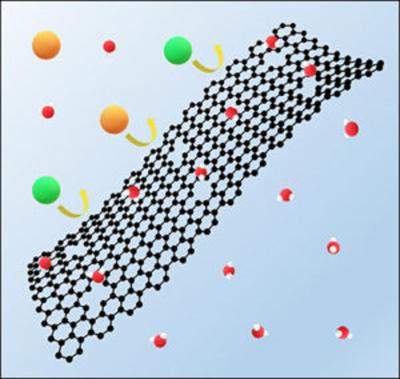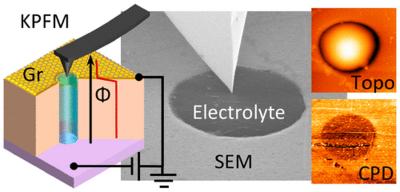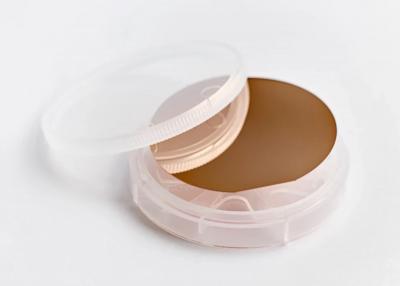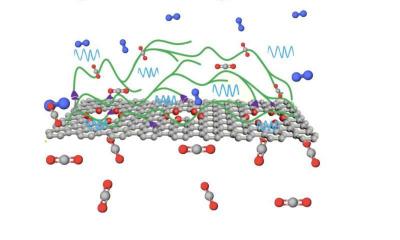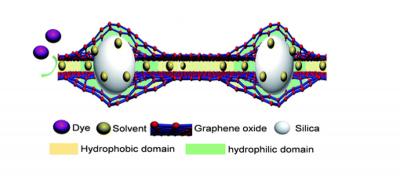Researchers develop method to control graphene nanochannel orientation and dimensions for improved membranes and filters
A team of Brown University researchers has found a way to orient the gaps that form between sheets of graphene that are stacked on top of each other. The tiny gaps, called nanochannels, are positioned by the team in a way that makes them more useful for filtering water and other liquids of nanoscale contaminants.
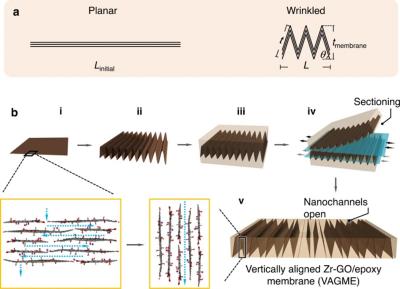 Structure and fabrication steps leading to vertically aligned Zr-GO/epoxy membranes. Image from article
Structure and fabrication steps leading to vertically aligned Zr-GO/epoxy membranes. Image from article
In the last decade, a whole field has sprung up to study these spaces that form between 2D nanomaterials, said Robert Hurt, a professor in Brown’s School of Engineering and coauthor of the research. You can grow things in there, you can store things in there, and there’s this emerging field of nanofluidics where you’re using those channels to filter out some molecules while letting others go through.
